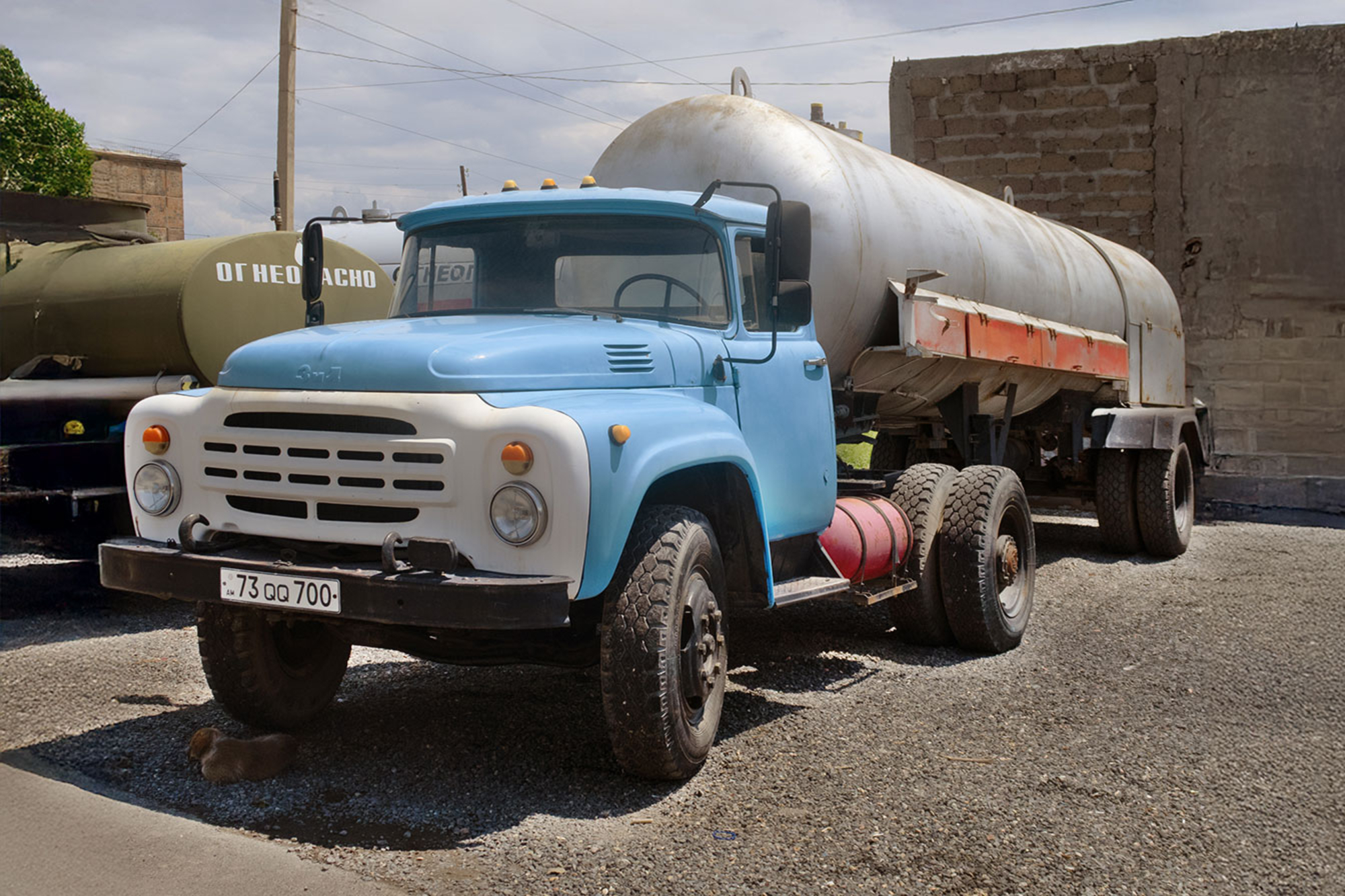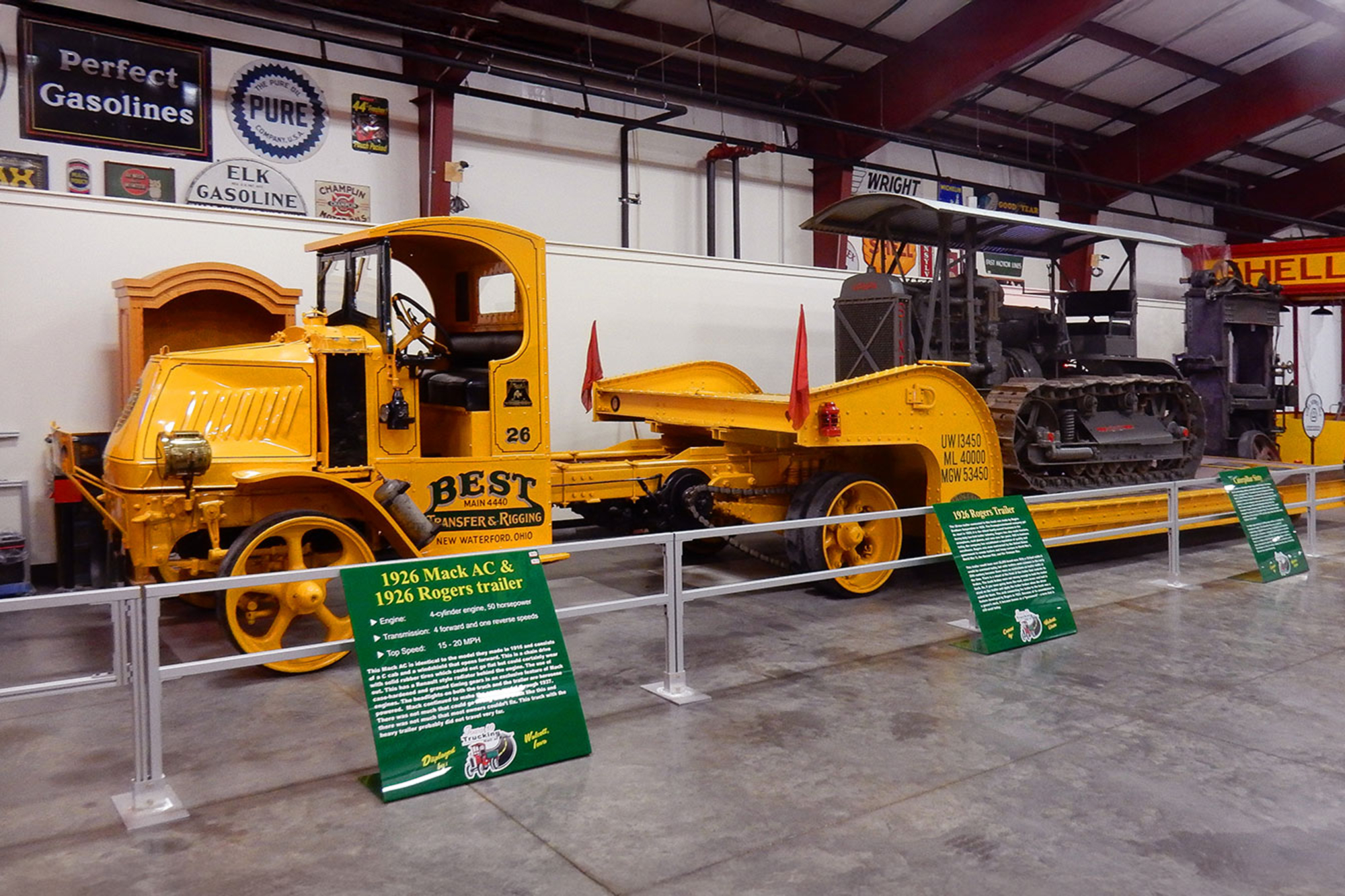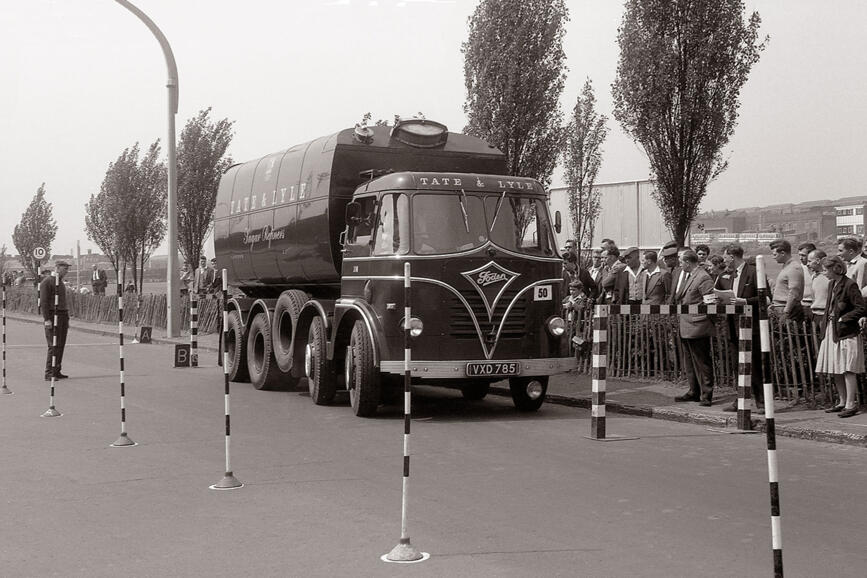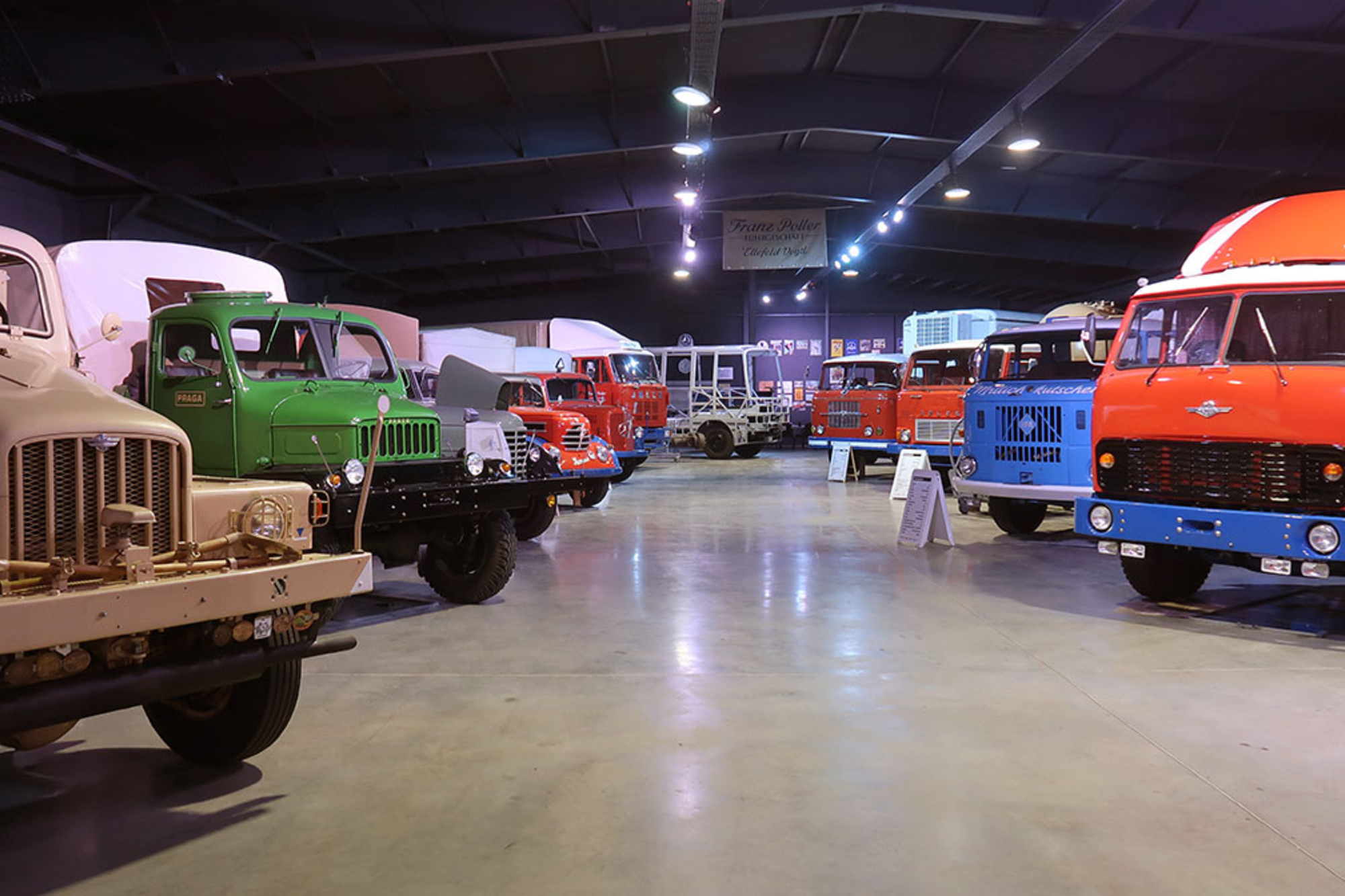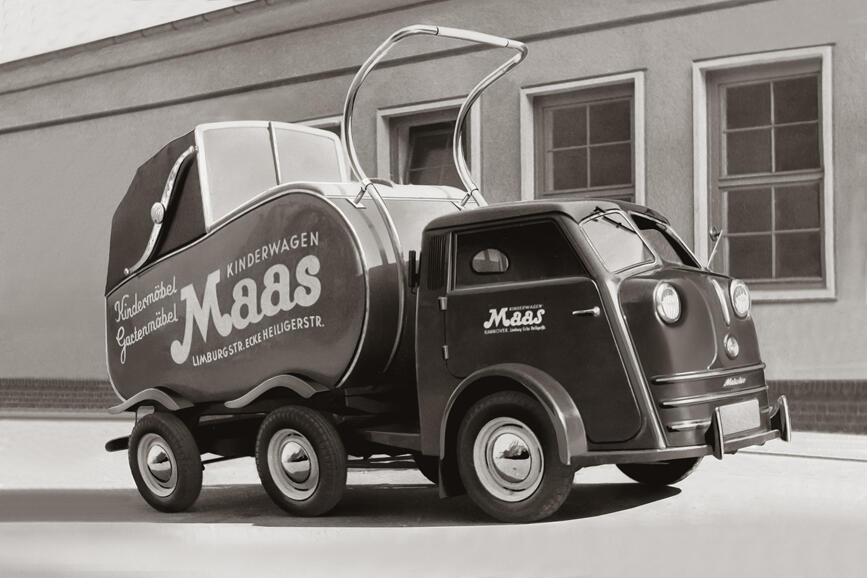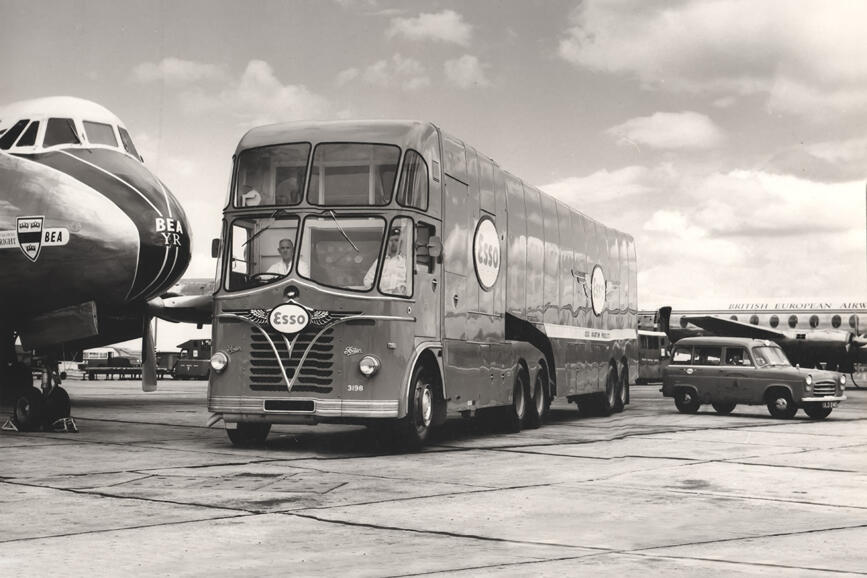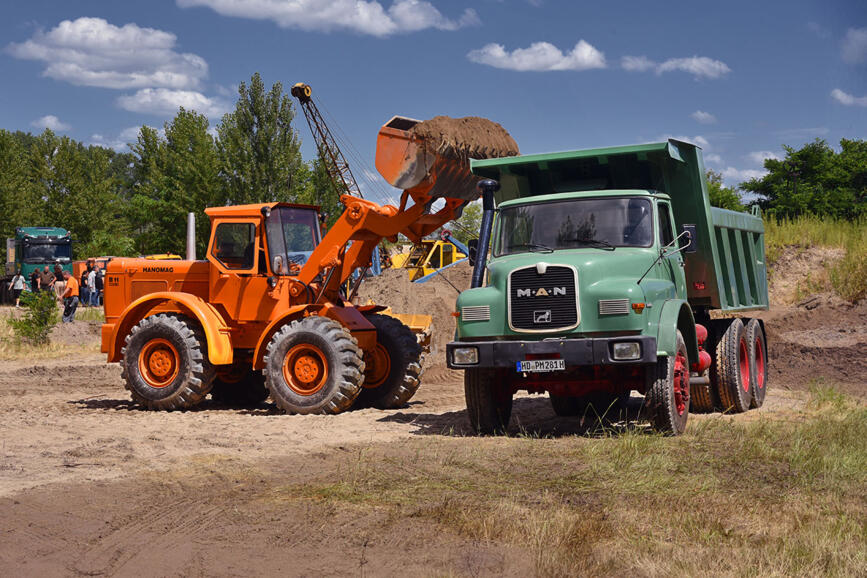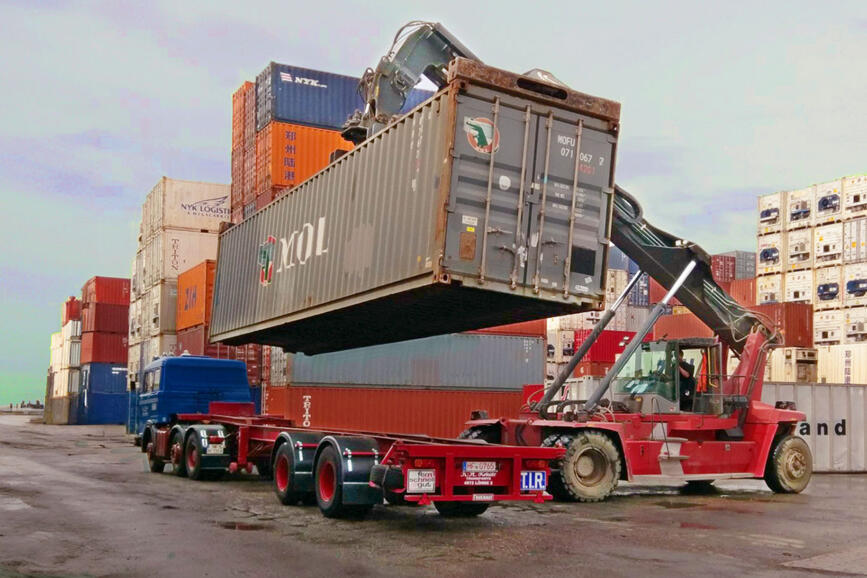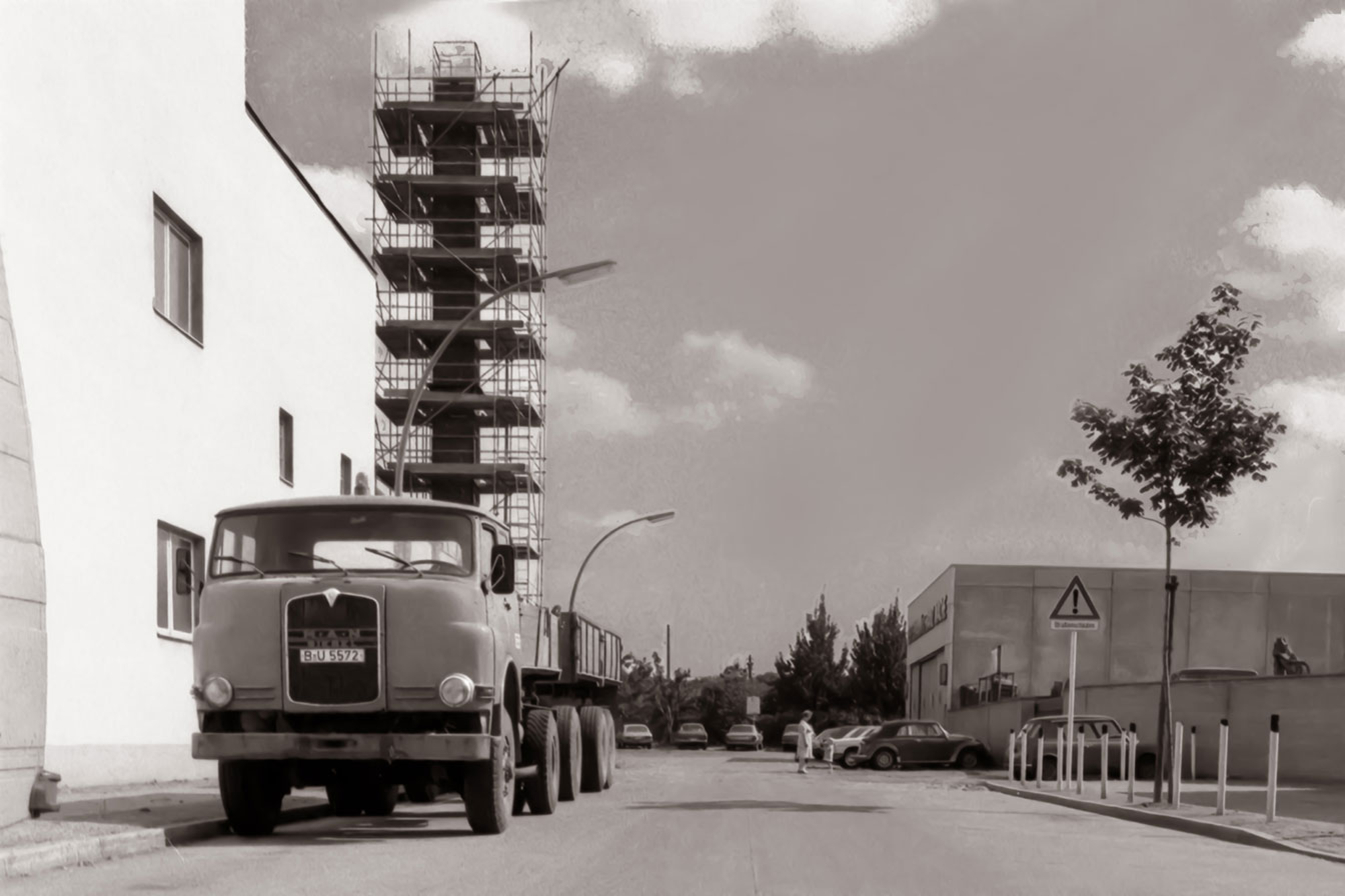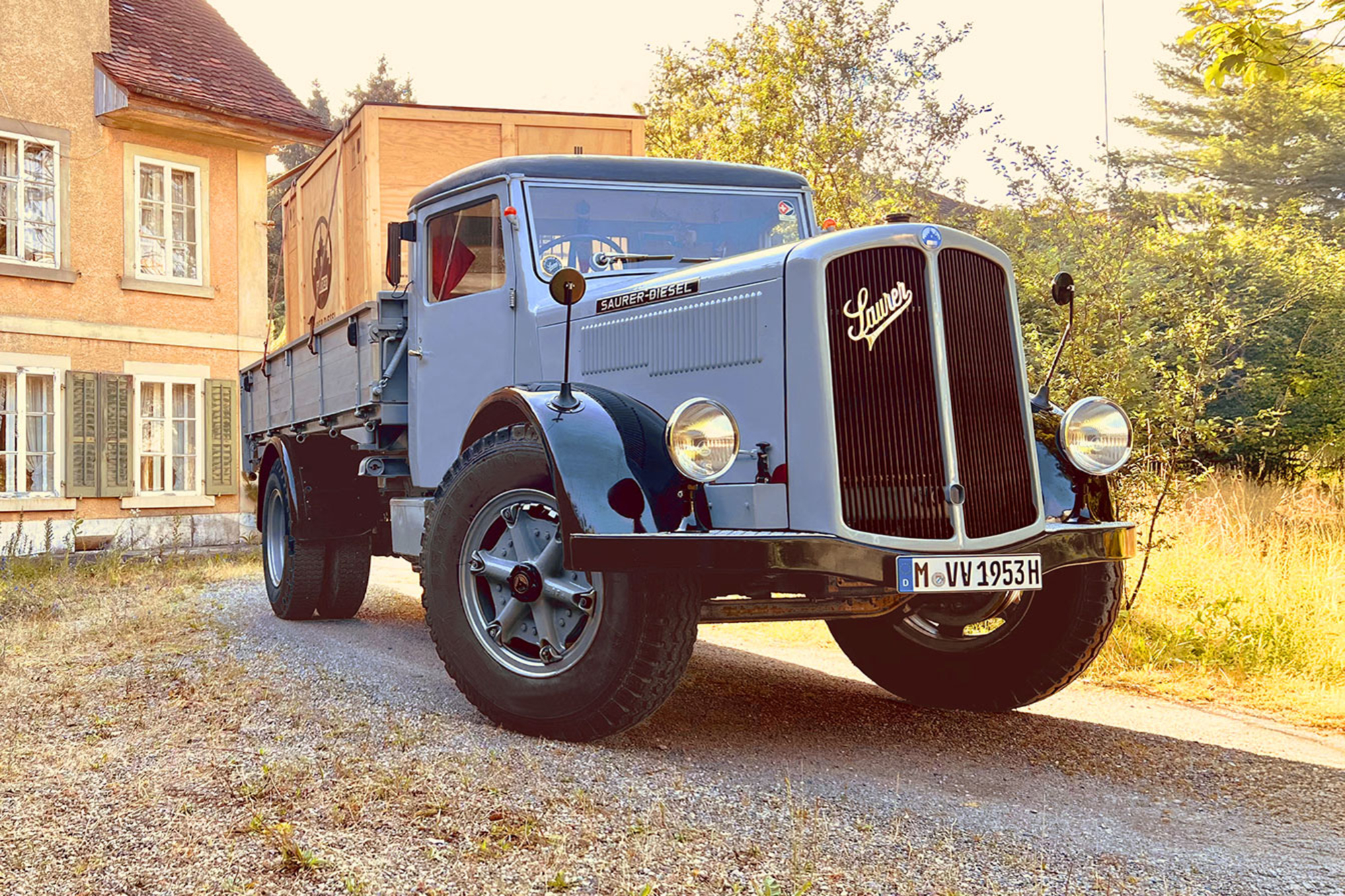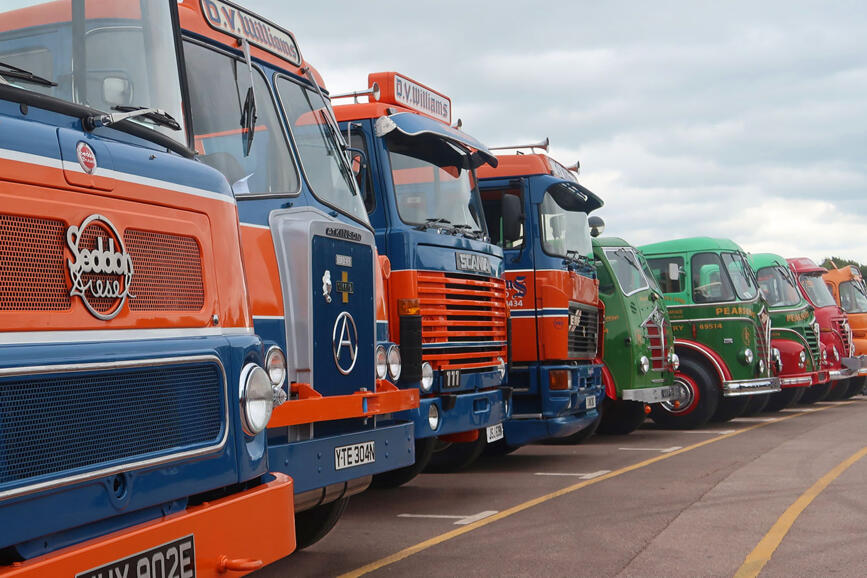British truck veterans in Cyprus
Not only on the road for the potato harvest
Cyprus, like Malta, was a British colony for almost a century. It is therefore not surprising that relics from this era are still present on the island. For truck enthusiasts, it is the old English trucks that arouse interest. It may be that there are not many of these veteran vehicles left in the meantime. But about twenty years ago, truck spotting on Cyprus was still quite worthwhile. Christoph Büch from Berlin had a look around Cyprus in 2003 and shows some of his finds in this article.
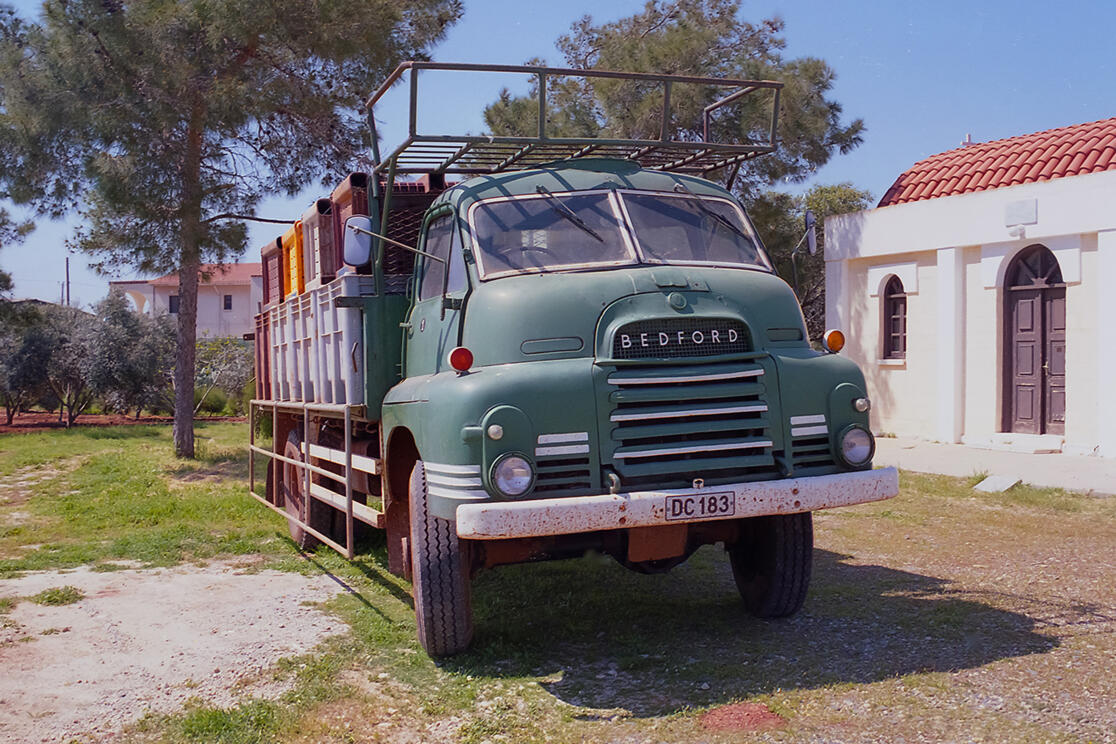
With more than 9000 square kilometers, Cyprus is the third largest Mediterranean island after Sicily and Sardinia. Geographically it belongs to Asia, but is mostly attributed to Europe. For almost half a century the island has been divided into two areas. The south with the Republic of Cyprus is oriented towards Greece and is part of the European Union. The smaller northern part is called the Turkish Republic of Northern Cyprus. A neutral buffer zone is called the green line. The capital Nicosia is also divided into two areas by a border. Left-hand traffic has been preserved on the island, a relic of the period from 1878 to 1960, when Cyprus was a British colony.
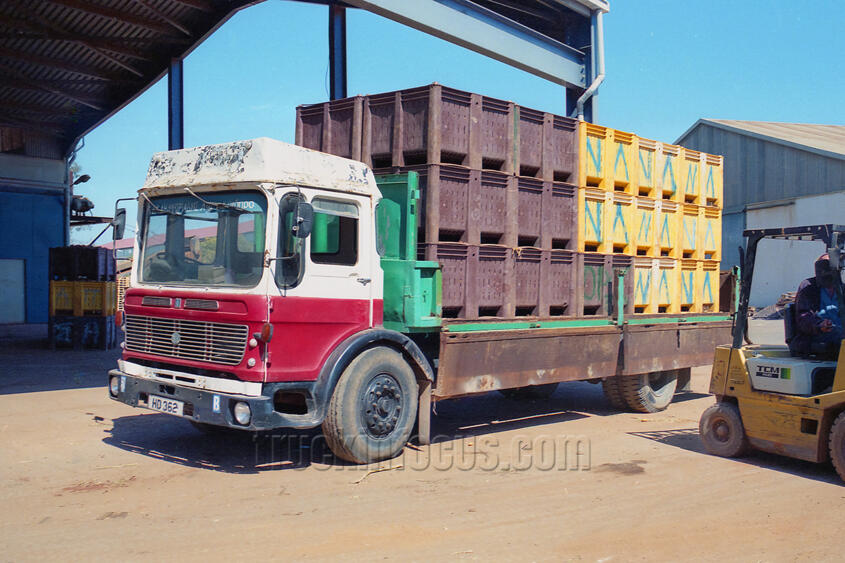
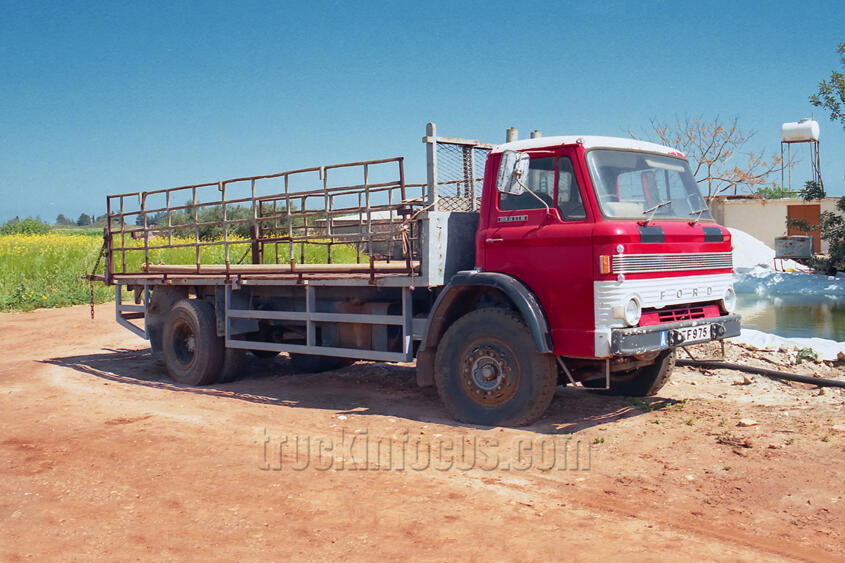
In 2003, I spent three weeks in Cyprus. I flew to Larnaca, a city in the Greek part of the island, where my hotel was located, in late March. The time of year was just right, because it wasn't very hot yet and everything was nice and green. At the end of the nineties I had already spent a few days on the island and at that time I was amazed to see that there were many older English trucks. So this time I took my Nikon and my bicycle with me.
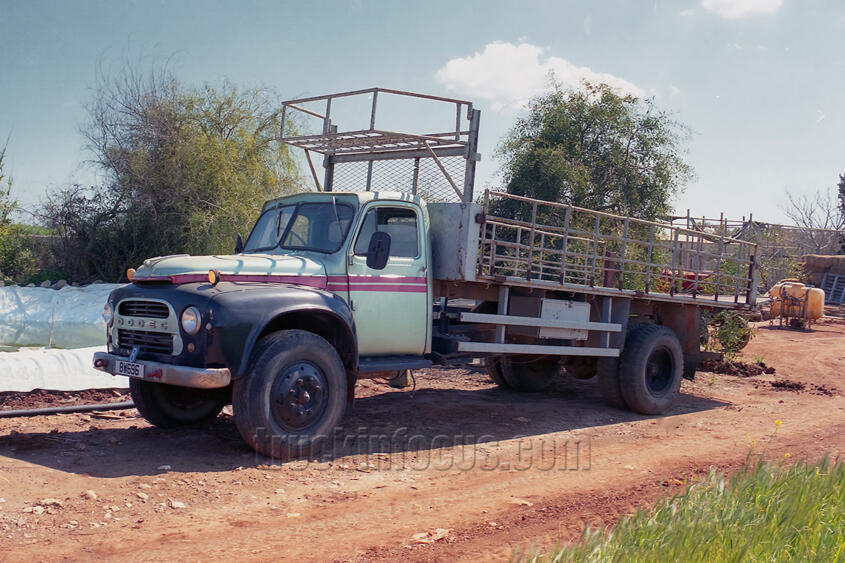
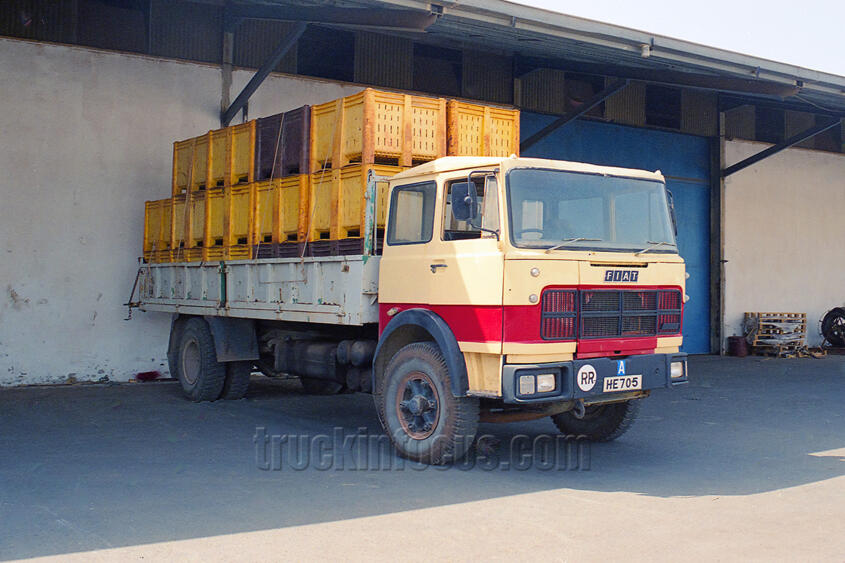
The vacation exceeded all expectations. Larnaka is on the edge of a large potato growing area and in the city itself was a warehouse for the potato harvest from the surrounding lands. Deliveries from the farmers arrived daily, brought into the city by older trucks mostly of English design. It was a pleasure to take photos there, everything was openly accessible. My photography was noted approvingly. Communication was unfortunately not possible due to my lack of language skills. My enthusiastic facial expression and a thumbs up had to suffice.
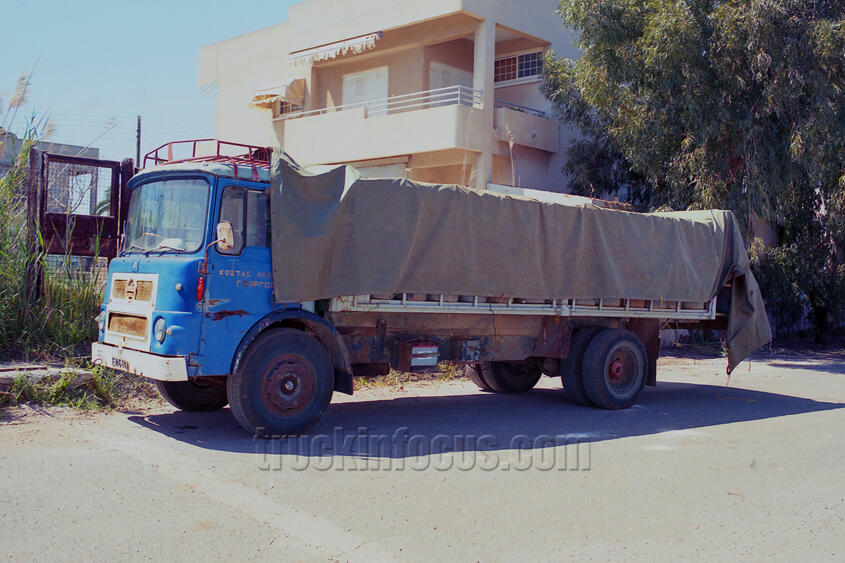
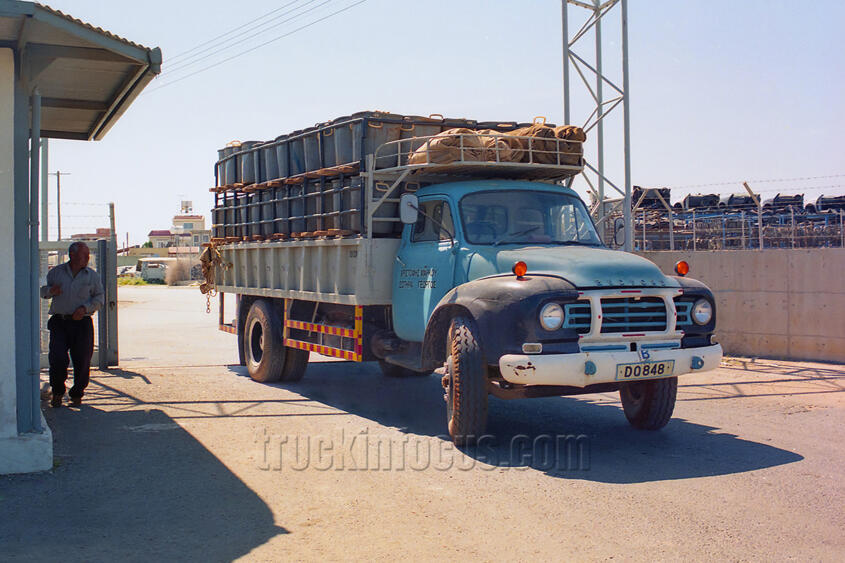
Besides numerous vehicles of the brands Bedford, Leyland, Ford, AEC, Seddon, Dodge and Commer there were also isolated older Japanese models, and I discovered a now rare FIAT. The trucks, one more beautiful than the other, had aged gracefully. The island's dry climate and relatively light use explained the long life of the vehicles, which were only used to transport crops.
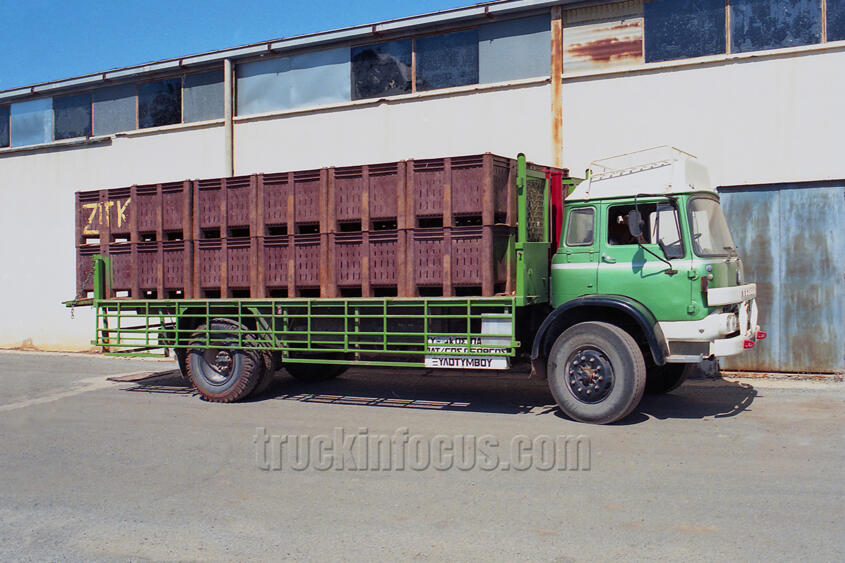
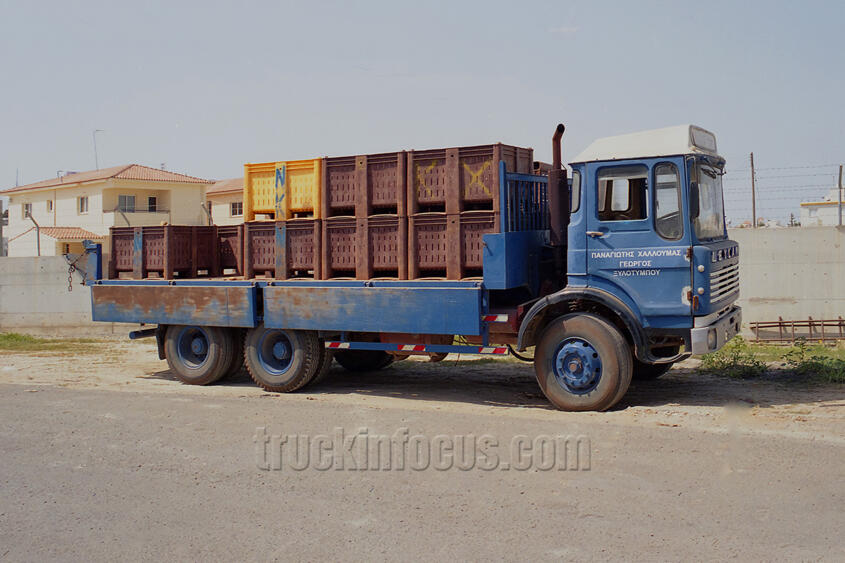
There were other English trucks on the road in the urban area of Larnaka. I also discovered a junkyard there with decommissioned, mostly British army vehicles.
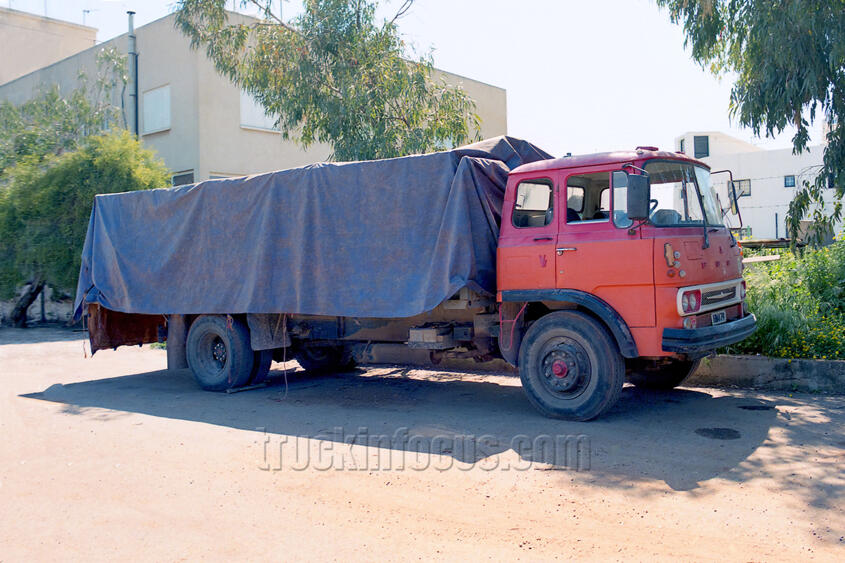
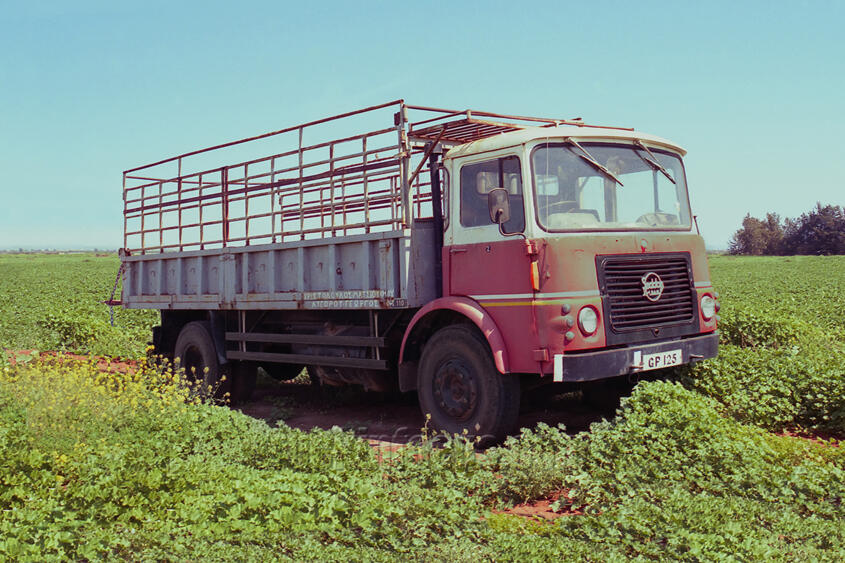
During my bicycle tours around Larnaka, I passed many potato fields and photographed the trucks parked nearby for potato transport. I never heard a bad word, because everyone seemed to realize that I was just a harmless nutcase.
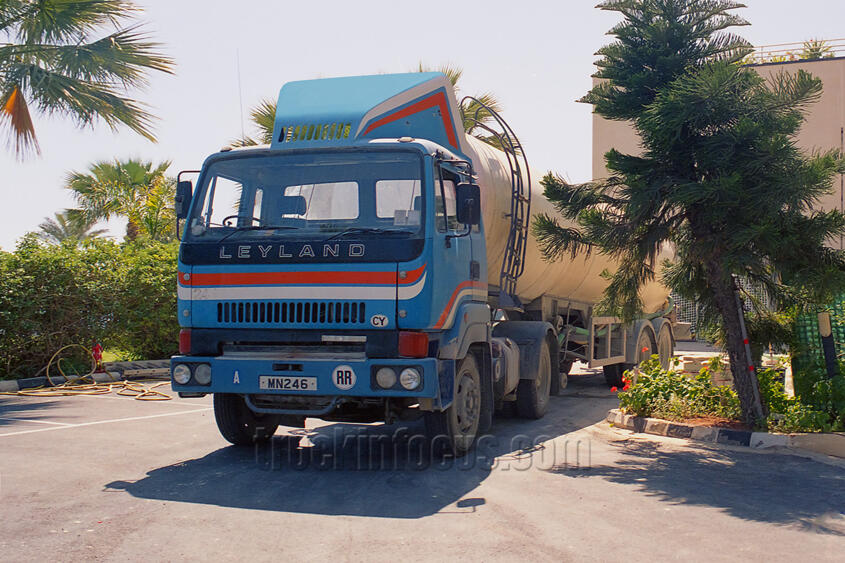
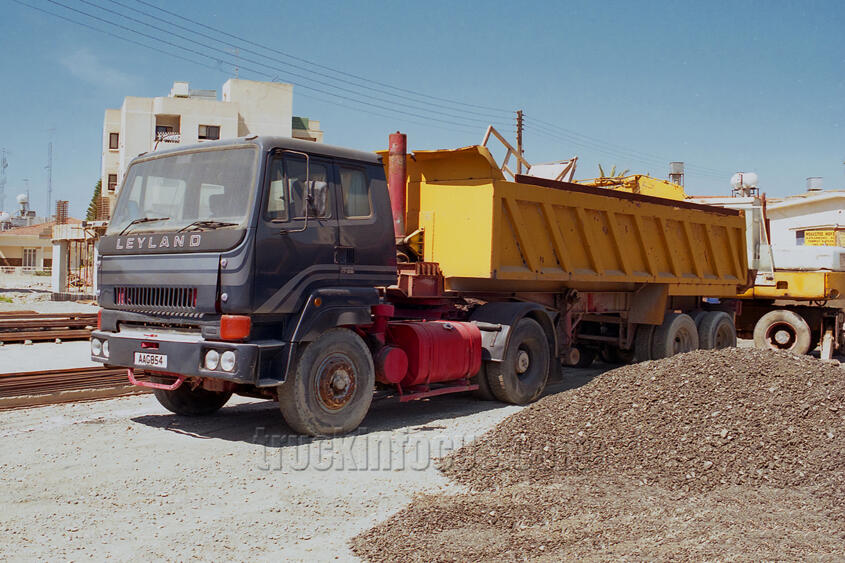
I was able to take many photos during the three weeks, of which I show only a small selection here. A similar expedition should definitely be repeated, even though I'm sure many of the old vehicles have rolled into truck heaven in the meantime. Some will probably still have survived.
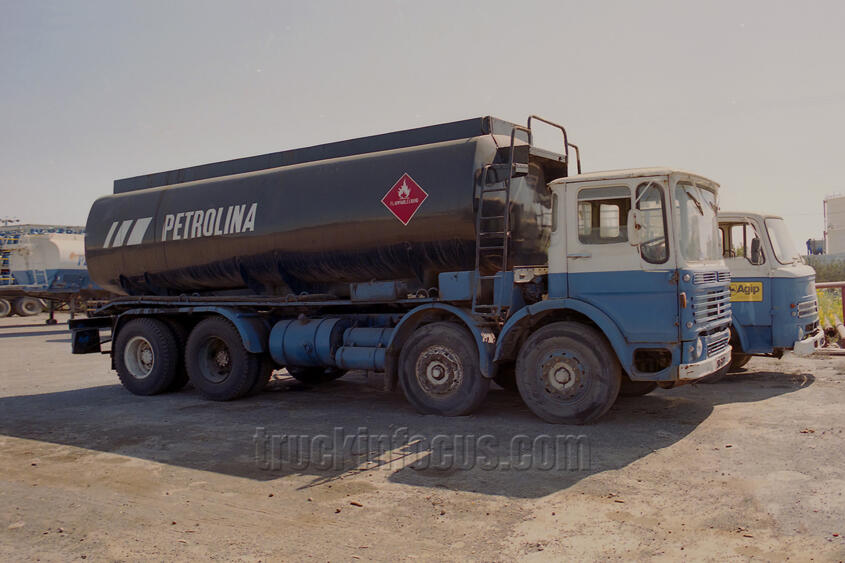
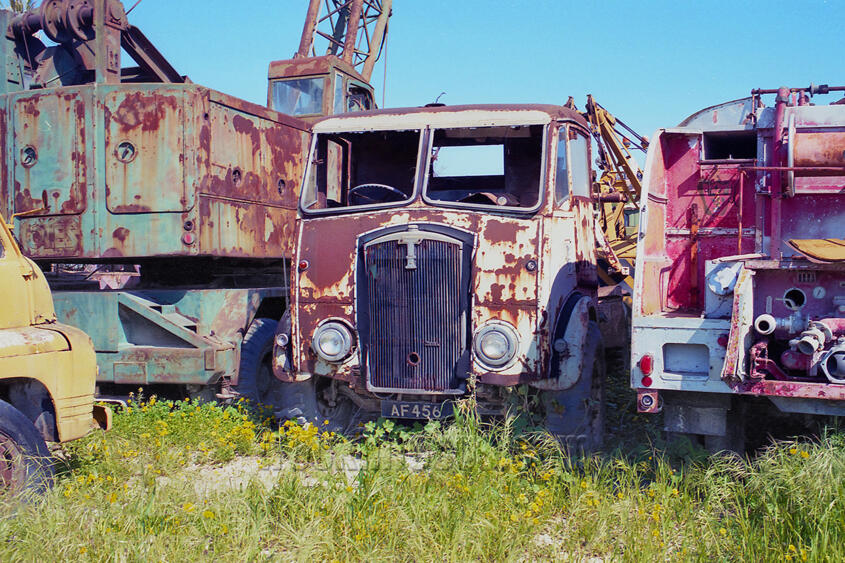
Text and photos: Christoph Büch
